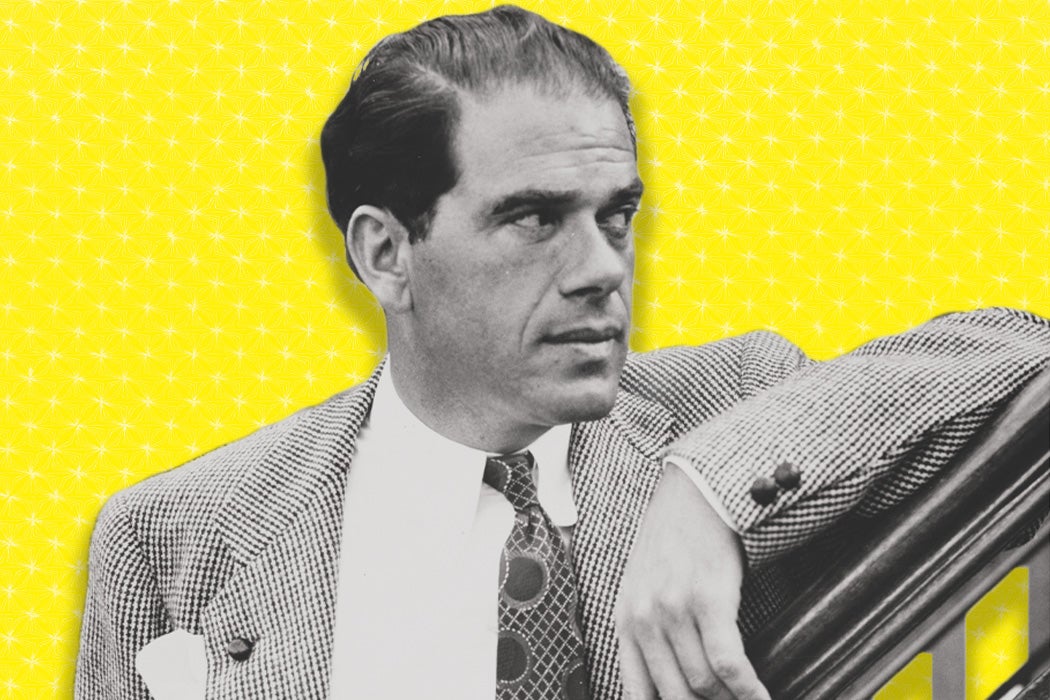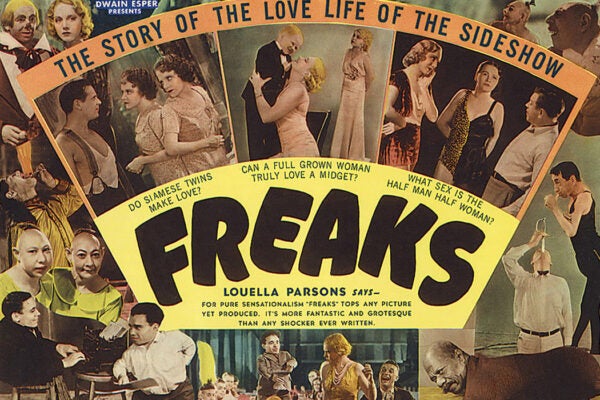Hollywood director Frank Capra was born in Sicily as Francesco Rosario Capra on May 18th, 1897. He settled in Los Angeles with his immigrant family at five years old, and reached his height of Hollywood influence during the 1930s.
There are two main critical views on Capra’s work. One is that his films are “Capracorn,” kitschy stories about American small town heroes who conquer evil forces through grit and determination. Ronald Reagan, for one, saw Capra’s films as offering an optimistic view of American life, extolling the power of the individual.
Another view takes Capra’s most signature films—Mr. Deeds Goes to Town, Mr. Smith Goes to Washington, Meet John Doe and It’s a Wonderful Life—as dark messages about American life, pictures of a society overrun by corrupt elites with sinister motives, a place where the poor and working class struggle to little gain.
In the years between 1936 and 1946, Capra was given relative free reign after Columbia Pictures reaped massive box-office earnings from his comedic 1934 hit, It Happened One Night. That was when he made those four signature films, which feature idealistic lone individuals set against corporate and political elites. American Studies scholar Glenn Alan Phelps argues that Capra’s darker vision of American life, exemplified in those films, is under-recognized. “I would sing the songs of the working stiff, of the short-changed Joes, the born poor…I would gamble with those pushed around because of race or birth. Above all, I will fight for their causes on the screens of the world,” Capra once said.
The four films share similar dramatic arcs: an unassuming young man from small town America is confronted with the power of large institutions catering to a secretive, corrupt elite. Idealistic values eventually prevail. “His America is quite simply a plutocracy,” writes Phelps. Capra’s wrath is often aimed at the media. The reporters in Mr. Smith accept political corruption. In Meet John Doe, a manipulative newspaper magnate changes the motto of his paper from “A Free Press of a Free People,” to “A Streamlined Newspaper for a Streamlined Era.”
It’s A Wonderful Life is now considered pleasant holiday television fare. But at the time it was a box office failure. Critics noted that its depiction of small town bankers as corrupt exploiters of regular people ran afoul of post-war American optimism.
Mr. Smith fared better at the box office. But at its initial screening held for Washington luminaries, many power brokers objected, including Congressman Sam Rayburn and Senator Alben Barkley. Joseph Kennedy, then ambassador to Great Britain, urged that the film not be shown in Europe, for fear that its negative portrayals of American politics would disillusion allies as war loomed. But Franklin D. Roosevelt liked the film; he related to its hero breaking from political bosses, and shared its negative views of newspaper publishers.
Weekly Digest
Phelps notes that the “Capracorn” view probably comes from the upbeat endings of Capra’s films. The individual hero always prevails, despite daunting obstacles, including thoughts of suicide. He blames the endings on the Hays Code, which governed Hollywood at the time. The Code called for any portrayed evil to be punished at the end. Capra also knew that the public was unlikely to accept dark conclusions.
Capra himself retired early from Hollywood, failing to connect reliably at the box office. His films live on, popular with subsequent generations at ease with more sinister portrayals of American life.







